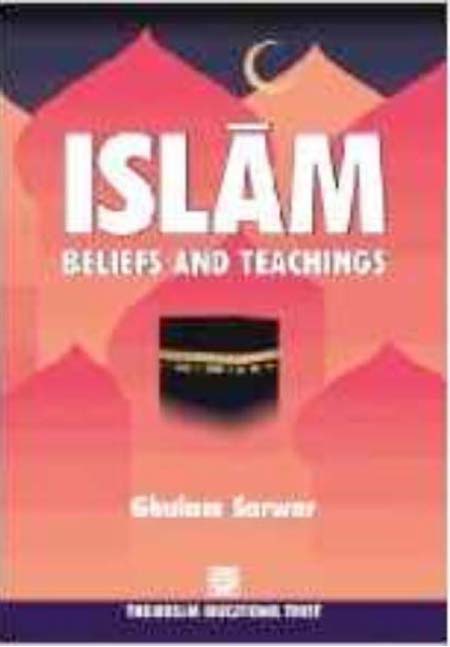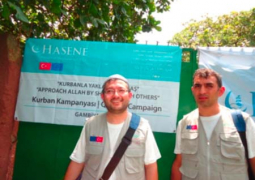
Ghulam Sarwar,
Muslim Education Trust, UK,
8th edition, 2016, 240 pages.
I
can remember this was the standard textbook for high school students in the
mid-1980s, and it was extremely useful as an introductory text on the religion
for young people in English. Now 37 years since its first edition, this very
useful book by the Bengali scholar Mr. Sarwar, is out in a new edition. The new
edition has 14 chapters covering a wide swathe of territory in the study of
Islam as a religion and also the life of the holy prophet Muhammad (SAW).
The
early chapters recount the basic tenets of Islam such as the five daily
prayers, and how to perform its rituals such as ablution (page 41), and how to
perform the daily prayers correctly (page 48). The author says that in Islam
the five daily prayers are preferably done in ‘congregation’ for men to earn
more reward but also to build community spirit among the Muslims. A very
revealing part of this discussion on the five daily prayers is the authors
account that there are times when one must not pray such as ‘when the sun is
its height or from the beginning of sunset until it is set’ (page 40).
In
the middle chapters of the book the author gives a detailed and very riveting
account of the life history of the holy prophet of Islam. He charts his life
from birth in 570 AD until his passing away in 632 AD. Here the reader will realise the sheer amount
of research and analysis that the author must have done as he ably gives a
panoramic view of the holy prophet’s life as a messenger of Allah. The numerous
battles such as Badr fought against the disbelievers in 624 AD(page 105) and
that of Khandaq fought in 627 AD were graphically described. The diplomacy of
the prophet such as his letter to Heraclius, the Emperor of Byzantium and to
the rulers of Ethiopia are also fully discussed to show that the spread of the
religion was also facilitated by diplomacy. The prophet of Islam’s ‘Farewell
Address’ delivered at Arafat before 120,000 people to mark the end of his
mission, reproduced on page 116 is worth reading.
The
author also ably traces the life stories of the caliphs who came after the
prophet such as Umar, Uthman and Ali (page 131). It was these who helped to
narrate the sayings of the prophet or hadith (page 195).
In
the latter chapters, the author narrates the aspects of Islamic life such as
Shariah law, family life in Islam, economic system in Islam and the political
system of Islam. Here the reader will realize that Islam as a religion is also
a way of life encompassing all aspects of human endeavor.
This
new edition comes with a map showing the majority and minority Muslim
countries. This section will indeed require constant updating as the religion
is a fast growing one especially in the west and as a result of the refugee
crisis occasioned by unrest in the Middle East.
The
book is well illustrated such that it is extremely practical and user friendly.
After every chapter, the author tests the understanding of the reader with
relevant follow up questions.
I
recommend this book to students of Islamic studies in the senior secondary
schools, and to all who want to have a fair knowledge of Islam as a religion
and its practices.
Available
at Timbooktoo, tel 4494345.
Read Other Articles In Article (Archive)
Human Rights activist's judgment re-scheduled
Aug 3, 2010, 1:55 PM



